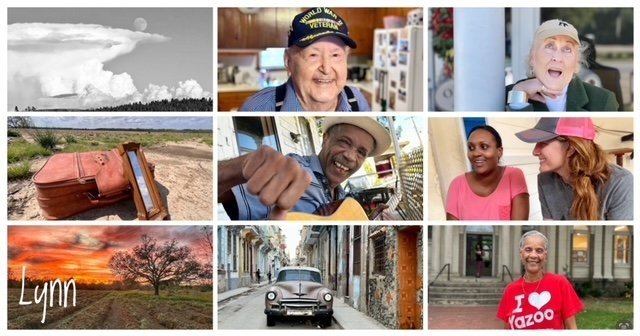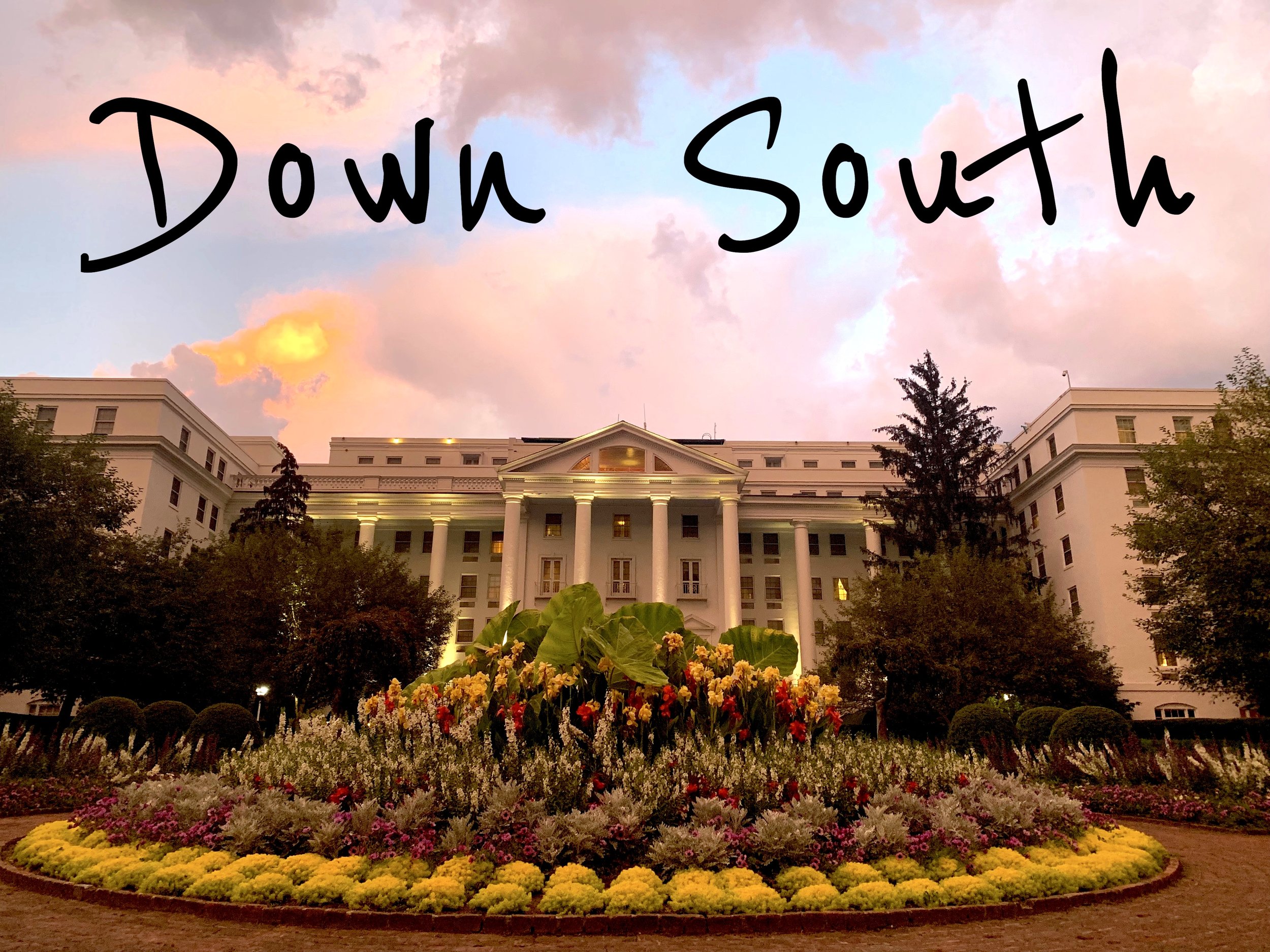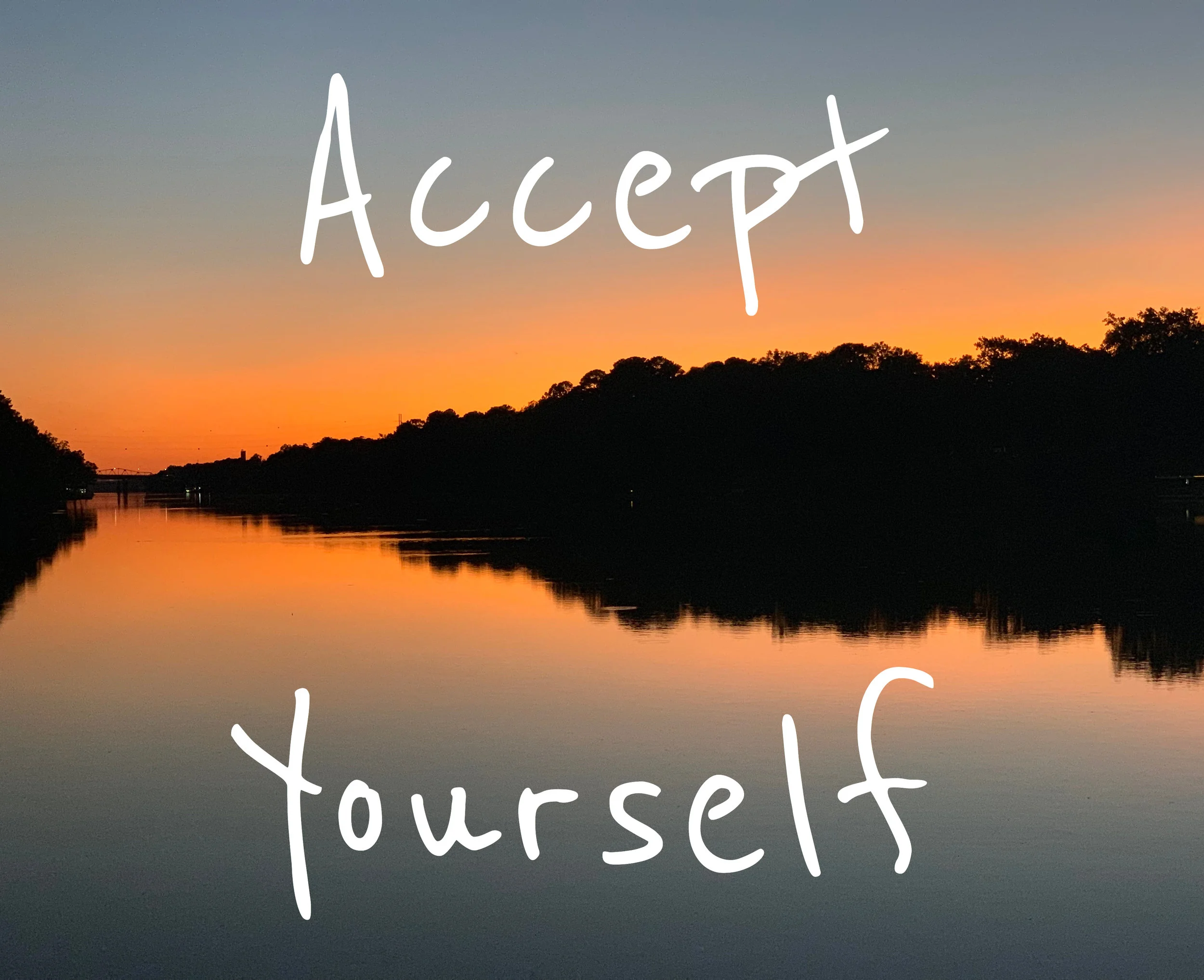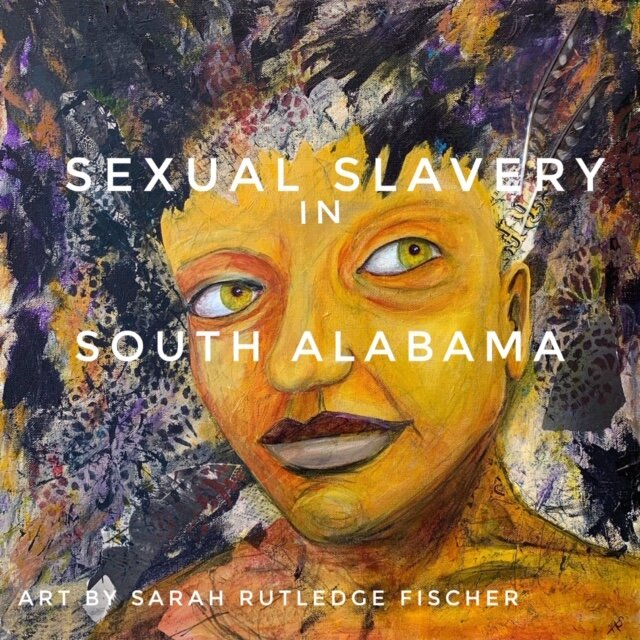Down South
It was almost bedtime when we arrived at our family reunion at the Greenbrier in Sulphur Springs, West Virginia. The red carpet welcome mat leading into the white Greek Revival hotel read, "America's Resort" and a sign across from the elevator on our floor read, "Quiet Please. It's Sleepy Time Down South."
Down South. West Virginia is barely south of the Mason-Dixon line. The Greenbrier is closer to Lake Ontario than the Gulf of Mexico, but the mat and the sign were both right. The resort has been part of the biggest chapters of American history and is one of the most “Southern” places in the South.
I stayed at the Greenbrier several times with my grandparents who turned newspaper conventions at fine hotels into family trips. Memories appeared easily in the unchanged Southern manor. My grandfather in his favorite camel hair sport coat and my grandmother in her skirt and hose, having cookies and pastries with us at 4 p.m. tea time. The writing room with the desk and stationery where my grandmother wrote us letters on the trips we missed. Her cursive handwriting is still as familiar as my own.
The last time I was there, 13 years ago, both of my grandparents had passed away. My boys were toddlers who my mother helped chase. The personalized Greenbrier ornaments she bought them in the Christmas store still hang on our tree, but she doesn’t remember their names or our trips anymore.
The introduction of the book The History of The Greenbrier: America’s Resort by hotel historian Robert Conte ends with William Faulkner's quote, "The past is never dead. It's not even past."
The Greenbrier brings the past to the present
The first time I walked through the main dining room, "L.O.V.E." came from the grand piano: “L is for the way you look at me.” There was my grandfather clapping his hands and singing along in his chair as his grandchildren danced and twirled to that song each night after dinner.
The memory of his laughter was interrupted with shouts and sobs from a cellphone as a guest in the corner watched the news of a shooting in El Paso. Twenty-two people killed in a Walmart and many more injured. For a few hours I had forgotten about the world beyond the Allegheny Mountains that turned purple at sunset.
For almost 240 years, the Greenbrier has provided retreat and escape. In his weekly history tour of the hotel, Conte explains why.
“In 1778, travelers started coming to White Sulphur Springs to ‘take the waters’ for healing and youth,” he said. “The richest families of the South came by steamship and stagecoach to the mountain air, escaping the heat and humidity of August. They stayed for weeks in cottages on rows named South Carolina, Alabama, and Louisiana.”
He said they overdressed, talked politics, danced at balls, and arranged marriages until The Civil War interrupted the tranquil days. The original resort, called Old White, served as a military headquarters and hospital for the Confederacy and was later saved from the torch of Union troops. Southern aristocracy returned to the Greenbrier after the Civil War, including Gen. Robert E. Lee.
Soon after the Civil War, railroad tracks passed the entrance of the resort bringing diplomats, congressmen, writers, and foreign royalty. In 1875, Alva Smith from Mobile accepted the proposal of William Vanderbilt during a party at the Greenbrier. Conte said the hotel register included the names Pulitzer, Guggenheim, Chrysler, Ford. Bloomingdale and Rockefeller. The Chesapeake and Ohio Railroad purchased the resort that had been around for 100 years and built the Greenbrier Hotel that opened in 1913.
Surviving the ups and downs of the roaring ‘20s and the Depression, the Greenbrier was drafted into World War II. Originally used as an internment camp after the 1941 attack on Pearl Harbor, the hotel housed diplomats and their families from Germany and Japan. It later became Ashford General Hospital, a 2,000-bed hospital in a 500-room hotel, serving 24,148 soldiers. In 1958, the hotel again assisted the government by building a secret bunker, code name “Project Greek Island,” during the Cold War. For 30 years, the enormous bomb shelter beneath the West Virginia wing of the Greenbrier was stocked with supplies for the relocation of Congress to keep the government running in case of an emergency.
Politicians and celebrities still come to the Greenbrier. Corte said an episode of “The Bachelorette” shot at the hotel with an embellished story of a “love clock” started a new tradition of leaving love notes in the small compartment of an antique clock. A safer box for the notes was placed close by.
Notes recently placed in the box read:
"If I had to do it all over again, I wouldn't change a thing. Even after 47 years."
"We are celebrating our 40th anniversary today. There have been ups and downs, hills and valleys, but we have weathered every storm. I believe you were meant for me. "
A note written on the back of a gas receipt read, "I will always love you. Some day our time will come. You are my boomerang and I am yours. Until our someday comes through in this life, or the next, please know I love you."
Love is given to every person who enters the Greenbrier by Frank Mosley, the doorman who has worked at The Greenbrier since 1954.
Wounded in the Korean War, Mosley came home and worked for the railroad for ten years until he was laid off because he didn’t have enough seniority. After three months of missed payments, his car was repossessed. Scared, broke, and hungry, he borrowed his brother’s car to look for a job.
"I was a black man in the days of Jim Crow,” Mosley said. “I couldn’t work at the grocery store or the gas company,"
Mosley had never heard of the Greenbrier, but entered the personnel office to find a job. The personnel director told him to get out. He drove the hour-and-a-half home but thought "that was an awfully big place not to have a job for me.” Willing to do any job, he made the 90-minute drive and walked into the office twice more. The third time the personnel director told him to quit bugging her. As he walked out, she said, “Wait a minute, you are determined. There is a man out for a few days, you can temporarily fill in for him. It may be one day or one week. But when he comes back, you are history.”
"When the man came back, no one told me to leave so I kept working," Mosley said. "Sixty-one years later, I am still temporary."
Mosley worked as a bellman and did "every job in the hotel but cook." He started working the door ten years ago after doctors found a heart murmur.
"Working at the Greenbrier for 61 years, I have seen every president since Eisenhower walk through this door," he said. "George Bush asked me the secret of getting old. I told him the secret is getting out of bed every morning. The morning you don’t wake up is the morning you don’t get any older."
Mosley met Bob Hope, Tiger Woods, and athletes, world leaders, and celebrities. Thousands of people walk through his doors and returning guests bring him birthday cakes, white shirts for his uniform, and bushels of apples from their orchards, leaving him with a hug until the next time.
When Mosley was determined to get a job at the Greenbrier and get back on his feet, he never dreamed of the doors that would open in his own life or the people he would meet.
"My dad taught me to treat every man—black, white, rich or poor—like I want to be treated and I would get along in life," he said. "The person standing in front of me is the most important person I have ever met. Honey, you are just as important as any president.”
Sometimes you have to go north to find "Down South."






